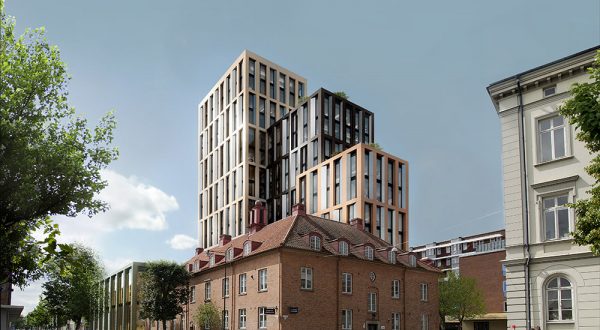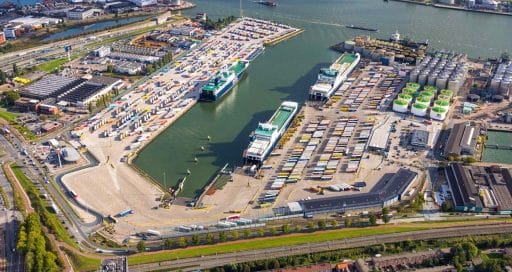The energy performance of the building is bound up with that of the city
Reading time: 4 min
New local-level energy generation and consumption practices give the building and its end users an active role in a dialogue with the neighbourhood and the city.![]()
“If you want to go fast, go alone. If you want to go far, go together.” The African proverb could serve as a watchword for the decision-makers involved in the building energy transition. Building a structure that complies with high-energy efficiency standards is good, but designing the building as part of a broader whole, such as a neighbourhood or an urban area, is even better.
As Omexom (VINCI Energies) Technical and Innovation Director Arnaud Banner sees it, a sustainable building requires a sustainable city. “The energy transition in the building is closely linked with the energy transition in cities,” says the expert.
By taking action within buildings, the service sector will play a decisive role in load balancing – matching supply and demand – in the electricity grid. Because the building is located behind the meter, its integration in a broader circuit (a city, a neighbourhood or a set of buildings) will support the emergence of a set of energy services. Flexible electricity consumption in buildings can benefit the electricity grid in front of the meter, which will, in return, pay for this service. “Changes in electricity grids, the removal of regulatory restrictions, the emergence of new business models, the introduction of photovoltaic self-consumption systems – all these changes constitute opportunities for us,” says Arnaud Banner.
Omexom and VINCI Facilities, which deliver infrastructure and service solutions that complement each other, plan to step up their cooperation and interaction to offer a comprehensive range of energy performance solutions and services on the scale of a neighbourhood or an entire city.
“Ready2Grids”
The “Ready2Grids” reference framework developed by the Smart Building Alliance with support from VINCI Energies will help the building to “transcend its role as a passive energy consumer to become an active participant in two-way communication with the grid,” says David Ernest, Innovation and Energy Director at VINCI Facilities, the VINCI Energies brand specialising in facility management.
The grid will thus be able to ask the building whether it is in a position to supply stored energy to the grid or to reduce its consumption at a given point in time. And the dialogue with the grid will enable the building to, for example, give priority to carbon-free electricity at a given point in time.
Closely linked with development works and equipment renewal, notably via Energy Savings Certificates (ESCs) and the increasing use of “smart” coordination, energy performance is nevertheless dependent on users.
Ultimately, even with artificial intelligence, smart grids and smart cities, the end users are at the controls.
“The eco-civic engagement of the building’s end users” is one of aspects that building managers must pay close attention to, says David Ernest, and “even though we are just getting off the ground, the idea will be to develop ways to raise awareness and involve end users, by means of such things as events and challenges.”
Ultimately, even with artificial intelligence, smart grids and smart cities, the building’s end users are at the controls and can have considerable impact. By taking the environment on board, they can generate savings of up to 20% of the energy bill, says David Ernest.
Learn more:
http://www.smartbuildingsalliance.org/





